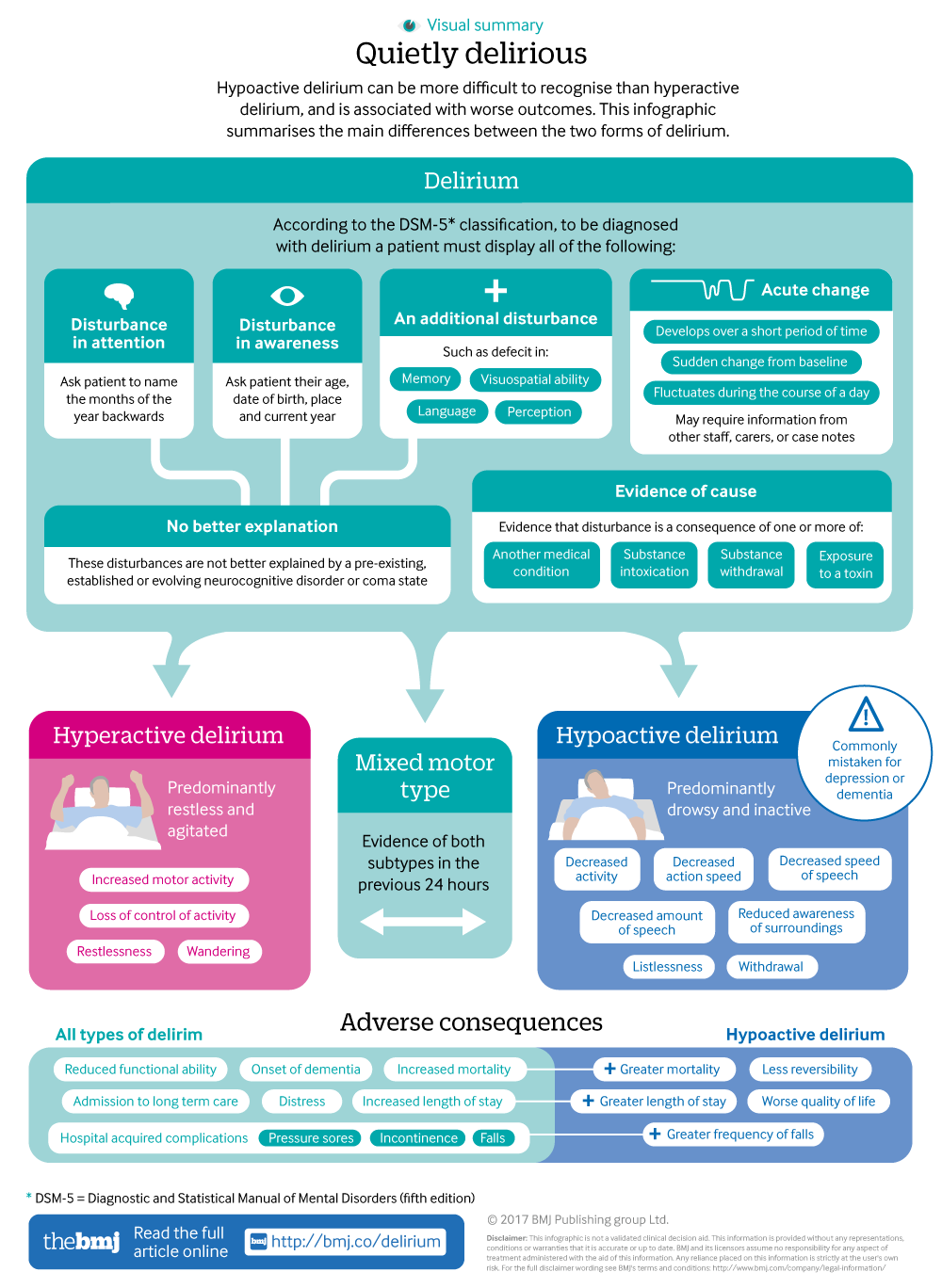Can Narcissistic Personality Disorder Be Treated
Can Narcissistic Personality Disorder Be Treated
Blog Article
Exactly How Do Mood Stabilizers Job?
Mood stabilizers aid to soothe locations of the brain that are affected by bipolar illness. These medicines are most efficient when they are taken routinely.
It might take a while to locate the right drug that functions best for you and your doctor will monitor your condition throughout therapy. This will certainly entail routine blood examinations and possibly an adjustment in your prescription.
Natural chemical regulation
Neurotransmitters are a group of chemicals that control each other in healthy and balanced people. When degrees become out of balance, this can cause state of mind problems like clinical depression, stress and anxiety and mania. Mood stabilizers assist to avoid these episodes by helping manage the equilibrium of these chemicals in the brain. They likewise may be utilized together with antidepressants to improve their efficiency.
Medicines that function as mood stabilizers include lithium, anticonvulsants and antipsychotics. Lithium is possibly the most well known of these drugs and works by impacting the circulation of sodium via nerve and muscular tissue cells. It is frequently made use of to deal with bipolar disorder, yet it can likewise be helpful in dealing with various other mood problems. Anticonvulsants such as valproate, lamotrigine and carbamazepine are also reliable state of mind supporting drugs.
It can take some time to discover the ideal type of medicine and dosage for every person. It is very important to work with your physician and take part in an open dialogue regarding how the medicine is benefiting you. This can be especially valuable if you're experiencing any kind of side effects.
Ion network inflection
Ion channels are a significant target of mood stabilizers and numerous various other medicines. It is now well established that they are vibrant entities that can be modulated by a range of exterior stimulations. Furthermore, the inflection of these channels can have a range of temporal impacts. At one extreme, changes in gating dynamics might be rapid and instant, as in the nicotinic acetylcholine receptor/channel system. At the various other end of the spectrum, covalent adjustment by healthy protein phosphorylation may cause adjustments in network function that last longer.
The area of ion network modulation is getting in a duration of maturity. Recent researches have demonstrated that transcranial focused ultrasound (US) can promote neurons by triggering mechanosensitive potassium and sodium networks installed within the cell membrane layer. This was demonstrated by shared networks from the two-pore domain potassium family in Xenopus oocytes, and concentrated United States considerably regulated the existing flowing with these networks at a holding voltage of -70 mV (right panel, family member impact). The outcomes follow previous observations showing that antidepressants affecting Kv networks regulate glia-neuron interactions to contrary depressive-like behaviors.
Neuroprotection
Mood stabilizers, like lithium, valproic acid (VPA), and carbamazepine, are vital in the treatment of bipolar affective disorder, which is identified by recurrent episodes of mania and clinical depression. These medications have neuroprotective and anti-apoptotic buildings that assist to stop cellular damage, and they additionally improve mobile durability and anxiety therapy plasticity in useless synapses and neural circuitry.
These protective actions of state of mind stabilizers may be moderated by their restraint of GSK-3, inositol signaling, and HDAC task. Moreover, lasting lithium therapy secures against glutamate excitotoxicity in cultured nerve cells-- a design for neurodegenerative conditions.
Researches of the molecular and cellular impacts of state of mind stabilizers have revealed that these medications have a wide range of intracellular targets, consisting of multiple kinases and receptors, along with epigenetic adjustments. Further study is needed to determine if mood stabilizers have neurotrophic/neuroprotective actions that are cell kind or wiring specific, and exactly how these effects may match the rapid-acting therapeutic reaction of these representatives. This will assist to create new, quicker acting, more efficient therapies for psychological illnesses.
Intracellular signaling
Cell signaling is the process through which cells communicate with their environment and other cells. It involves a series of action in which ligands engage with membrane-associated receptors and cause activation of intracellular pathways that control vital downstream cellular features.
State of mind stabilizers act on intracellular signaling with the activation of serine-threonine healthy protein kinases, causing the phosphorylation of substrate healthy proteins. This turns on signaling cascades, resulting in adjustments in genetics expression and cellular feature.
Numerous mood stabilizers (including lithium, valproate and lamotrigine) target intracellular signaling paths by inhibiting details phosphatases or activating details kinases. These impacts create a decline in the task of these pathways, which leads to a decrease in the synthesis of particular chemicals that can affect the mind and lead to signs and symptoms of depression or mania.
Some state of mind stabilizers likewise function by improving the task of the inhibitory neurotransmitter gamma-aminobutryic acid (GABA). This boosts the GABAergic transmission in the mind and decreases neural task, consequently generating a relaxing result.